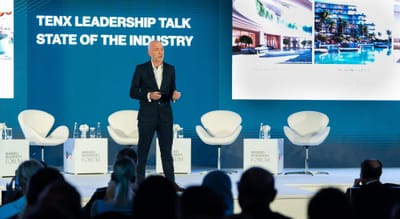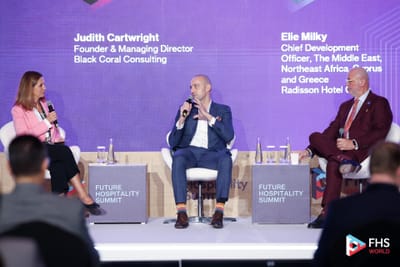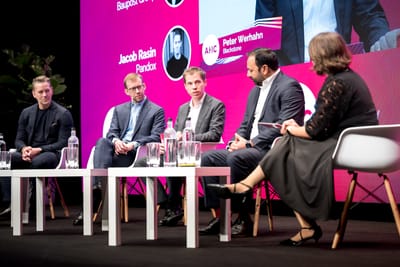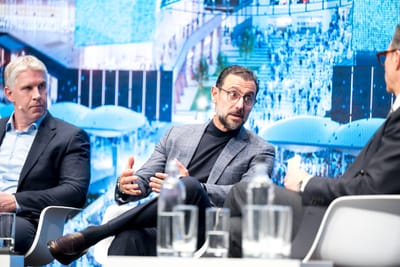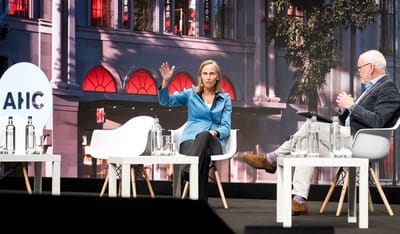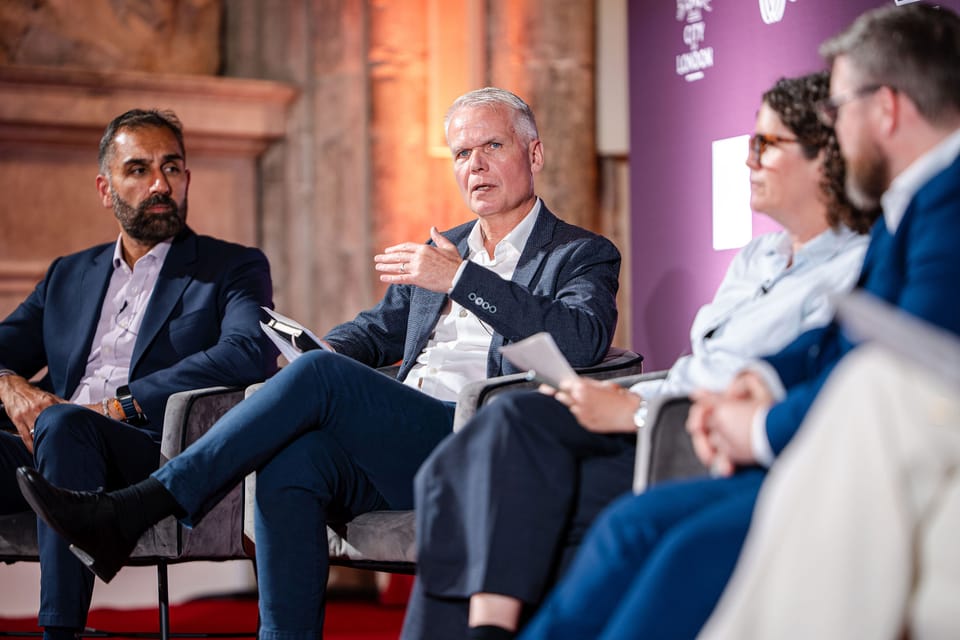
Speakers: Prof Sadie Morgan OBE (Senior Advisor, NLA), Dinah Bornat (Director, ZCD Architects), Cllr Kam Rai (Leader, LB Redbridge), Stevan Tennant (Managing Director, Development, Ballymore), Neil Hook (Property Development Director, Places for London).
If London is to deliver more homes while sustaining growth, the city must treat partnership as a delivery system, not a slogan. That was the consistent message from this keynote, which examined how Places for London works with boroughs, developers, and design teams to take complex, transport-linked sites from idea to planning consent and into delivery. The tone was practical and unsentimental. Success is about clear objectives, early risk sharing, disciplined flexibility, and measurement of long-term value for communities.
Why partnership is not a contract
The panel started by drawing a line between paperwork and practice. Legal frameworks matter, but they are not the partnership. The partnership is the day-to-day habit of solving problems together, especially when constraints bite on operational rail and bus assets, energy connections, or phasing.
As Stevan Tennant put it, the benefit of genuine collaboration is not just access to land, it is risk reduction that turns a difficult scheme into a bankable one.
“The real advantage is shared problem solving. When public and private partners are aligned, you manage risk at the front end, which makes the whole project more viable.”
That came with a warning. Certainty must be built into roles, decision rights, and escalation. The team should be clear about what success looks like, how trade-offs will be handled, and how inevitable change will be accommodated without unravelling the deal.
Neil Hook agreed that durable collaboration requires clarity at the start and responsiveness as conditions change.
“Partnerships work when objectives are explicit and when the people in the room are empowered to adjust together. You need rigor in the agreements and flexibility in the delivery.”
A case study mindset, not a trophy cabinet
Tennant offered a window into how this looks on the ground, drawing on work that Ballymore has pursued alongside Places for London and a proactive host borough. The headline was not about branding; it was about joined boundaries and coordinated masterplanning. By planning across red lines and sequencing enabling works together, the team found capacity for significantly more homes than either party would have achieved alone, while also hardwiring in community assets such as a library, public realm, and night-time economy space.
As a related example of public transport land unlocking housing, see our earlier note on TfL x Ballymore at Limmo Peninsula (1,400 homes on a former Crossrail site).
Speed followed alignment. The team submitted planning in one summer and secured a resolution to grant roughly one year later. For a large, transport-sensitive site that timeline is not typical. It speaks to a shared evidence base and to a borough willing to bring agencies into the room early rather than serially.
The message was not that everything is easy on transport land. It is not. Lifed assets must keep running safely, sometimes for a century or more. Construction must be staged around those operations. The point was that co-design with the asset owner reduces redesign loops, avoids dead ends, and gives lenders something firmer to underwrite.
Communities as co-designers, not a stage gate
Dinah Bornat focused on how community participation is changing the design conversation. Engagement is not a compliance exercise. When the right voices shape briefs early, designs are better, and risk comes down because schemes meet lived needs rather than abstract standards.
“Design is stronger when real people are in your head. If a project team listens well, the result is a place that works for the users you can name, not a generic user.”
Bornat highlighted practical tools that are now feeding planning evidence, from child friendly movement mapping to everyday life surveys that reveal the gaps between formal provision and real use. The priority is to capture those insights early, then keep them live through procurement and delivery so that social value is not a brochure, it is a brief.
Cllr Kam Rai underlined the borough perspective. Good partnership is not about saying yes fast, it is about framing trade-offs clearly and locking in social infrastructure, skills, and inclusive employment pathways from day one. That reduces political risk and gives residents tangible reasons to support change.
How to de-risk, without de-scoping
The panel returned to the hard economics. Costs are elevated, interest rates are higher than a few years ago, and new regulatory requirements have added weight. You cannot make that go away. What you can do is sequence small and medium interventions that unlock early housing and cash flow while work on big ticket items continues.
Examples included junction upgrades, last mile connections, local energy solutions, temporary community space in meanwhile uses, and two-entrance station strategies that improve permeability quickly. These steps are modest in capital terms, but they protect momentum, which is often the difference between a feasible and an unfundable project.
Where public land is involved, the public partner can also absorb certain early risks that the market prices very heavily, for example utility diversions or operational interface works. Done transparently and with a clear payback path, that front load reduces the cost of private capital and improves value for money over the life of the scheme.
Governance that keeps pace with change
A recurring theme was the need for disciplined flexibility. Contracts and heads of terms must be specific enough to guide decisions, yet roomy enough to allow redesigns as new constraints or opportunities appear. That is especially true on transport estates where safety cases or timetables change.
The practical answer is a layered governance model. Reserve some decisions for the partnership board, push day to day coordination to empowered workstreams, and agree clear routes to escalate issues. It sounds procedural, but it is what keeps relationships from hardening when something unforeseen arrives.
Prof Sadie Morgan brought this back to culture. Relationships do the work. Teams that trust each other are faster, less defensive, and better at telling honest stories about trade-offs to communities and politicians.
Social value that lasts longer than the build
The conversation closed on social value. The panel was not interested in photo opportunities. They spoke about anchoring partners who will be there long after practical completion, whether that is a cultural institution, education provider, health partner, or a skills pipeline that routes local residents into real jobs on and around the site.
The strongest examples were quiet ones. A vacant unit handed to a local baby bank because it is the right thing to do. A dance company seeded into a new neighbourhood because it will keep the place mixed and active years from now. Those choices build credibility and make it easier to secure support for the next phase.
What this means for our readers
For developers, investors, and borough leaders, five practical lessons stood out.
- Start with alignment, then write the contract. Agree the shared objectives and trade-offs in plain language. Decide how you will handle change before change arrives.
- Plan across boundaries. Treat adjacent public and private land as a single design problem. You will find more homes and better public benefits if you plan the red lines together.
- Front load the first mile. Small enabling works and clear early wins de-risk cash flow and reduce the cost of capital. Use public balance sheets sparingly but decisively where the payback is clear.
- Engage to design, not to defend. Bring real users into the brief. Keep their evidence live through procurement and delivery so social value is something you can show, not just say.
- Measure outcomes, not just outputs. Count the homes, but also track access, health, education and jobs over time. That is how you secure patient capital and political support for the next wave.
Become a subscriber receive the latest updates in your inbox.


